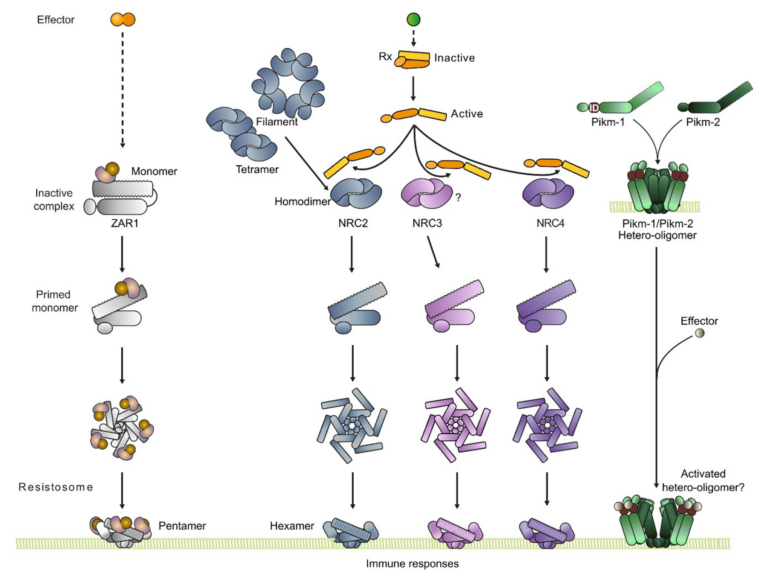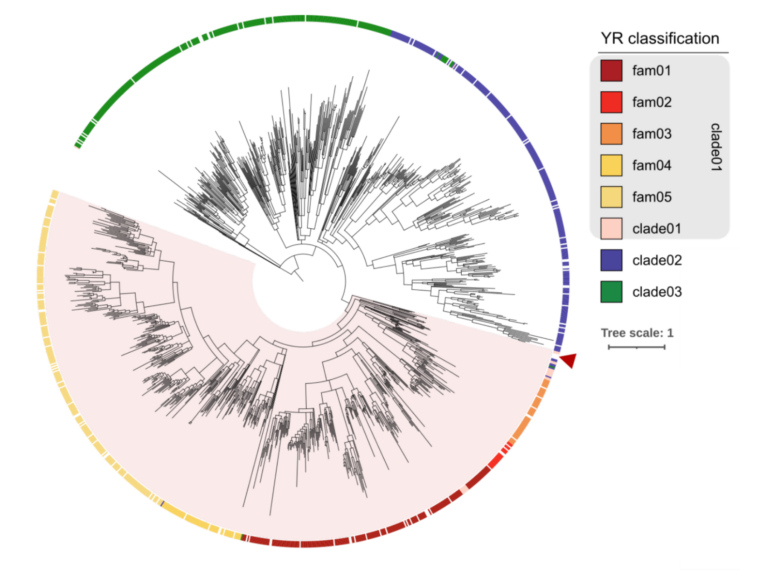Berberine bridge enzyme-like oxidases orchestrate homeostasis and signaling of oligogalacturonides in defense and upon mechanical damage
Plant immunity is triggered by endogenous elicitors known as damage-associated molecular patterns (DAMPs). Oligogalacturonides (OGs) are DAMPs released from the cell wall (CW) demethylated homogalacturonan during microbial colonization, mechanical or pest-provoked mechanical damage, and physiological CW remodeling. Berberine bridge enzyme-like (BBE-l) proteins named OG oxidases (OGOXs) oxidize and inactivate OGs to avoid deleterious growth-affecting hyper-immunity and possible cell death. Using OGOX1 over-expressing lines and ogox1/2 double mutants, we show that these enzymes determine the levels of active OGs vs. inactive oxidized products (ox-OGs). The ogox1/2-deficient plants have elevated levels of OGs, while plants overexpressing OGOX1 accumulate ox-OGs. The balance between OGs and ox-OGs affects disease resistance against Pseudomonas syringae pv. tomato, Pectobacterium carotovorum, and Botrytis cinerea depending on the microbial capacity to respond to OGs and metabolize ox-OGs. Gene expression upon plant infiltration with OGs reveals that OGOXs orchestrate OG signaling in defense as well as upon mechanical damage, pointing to these enzymes as apoplastic players in immunity and tissue repair.


